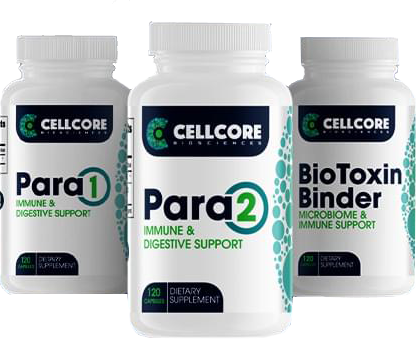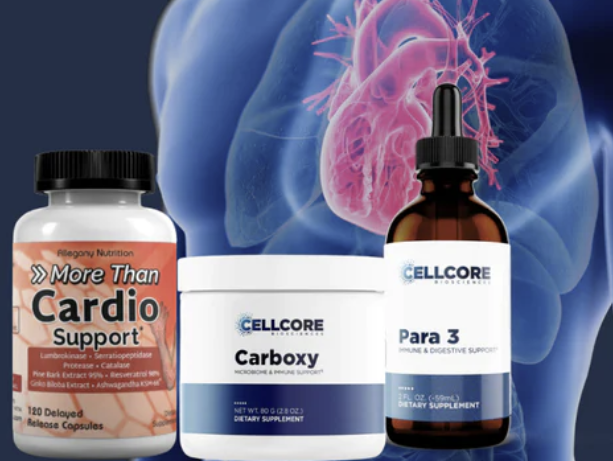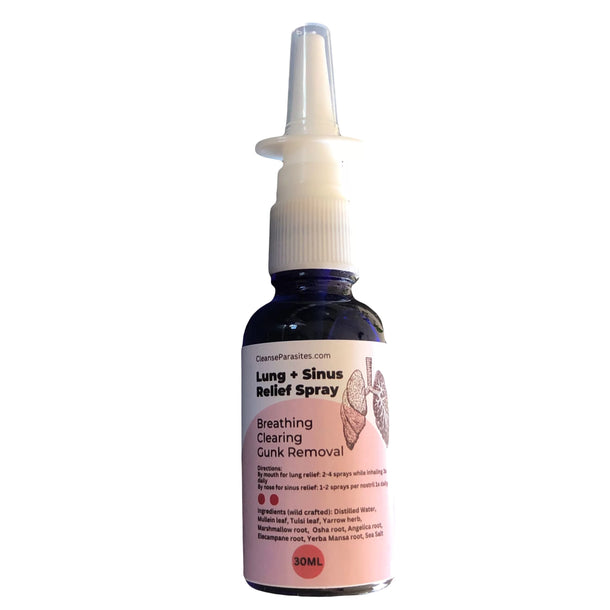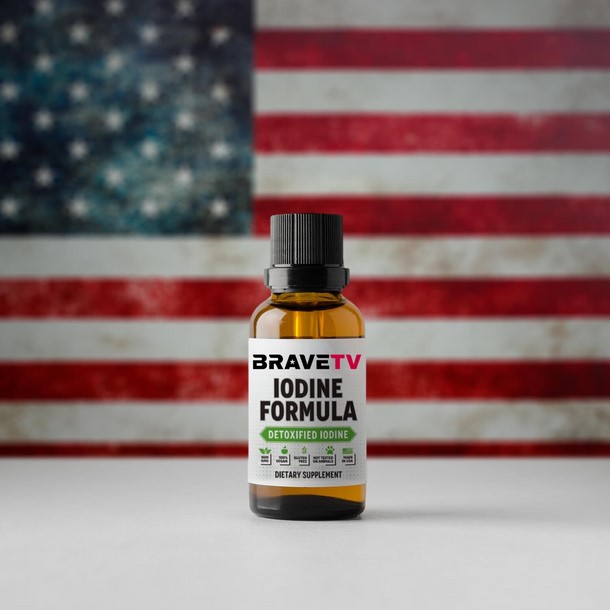A collaboration, including researchers from Oregon State University (OSU), reports that sunscreen containing zinc oxide, a common ingredient, tends to lose much of its effectiveness and turns toxic after being exposed to ultraviolet radiation for 2 hours.
Zebrafish were involved in the toxicity analysis performed, which share an exceptional similarity to humans at the cellular, genetic and molecular levels. This implies that several zebrafish studies are immediately applicable to people.
The study’s findings were recently reported in the Photochemical & Photobiological Sciences journal.
The research group included College of Agriculture Sciences faculty Robyn Tanguay and Lisa Truong and graduate fellow Claudia Santillan, who aimed to answer essential but generally ignored questions concerning the huge global sunscreen market. It is forecast by market data firm Statista to be worth over $24 billion by the end of the decade.
The study questions the safety, stability and effectiveness of sunscreen ingredients when used jointly rather than as separate compounds. This is the reason why they are considered for Food and Drug Administration approval. The other question is regarding the safety of any chemical products that lead to reactions caused by exposure to sunlight.
Sunscreens are important consumer products that help to reduce UV exposures and thus skin cancer, but we do not know if the use of some sunscreen formulations may have unintended toxicity because of interactions between some ingredients and UV light.
Robyn Tanguay, Distinguished Professor and International Expert in Toxicology, Oregon State University
According to Tanguay, what the public thinks regarding the safety of sunscreen has made manufacturers, often based on a lack of data, utilize lots of certain ingredients while restricting others. For instance, oxybenzone has effectively been stopped due to concerns that it causes harm to coral reefs.
And sunscreens containing inorganic compounds like zinc oxide or titanium dioxide, that block UV rays, are being marketed more and more heavily as safe alternatives to the organic small-molecule compounds that absorb the rays.
Robyn Tanguay, Distinguished Professor and International Expert in Toxicology, Oregon State University
Related Stories
- Regulating Shrinkage Ratios of UV-Cured Coatings in Precision Devices
- Polyamide 6/6 – Nylon 6/6 – PA 6/6 UV Stabilised
- Polyamide 6 – Nylon 6 – PA 6 – UV Stabilised
Researchers, including the University of Oregon’s James Hutchinson and Aurora Ginzburg and the University of Leeds’ Richard Blackburn, have made five mixtures comprising the UV filters — the active ingredients present in sunscreens — from various products available in Europe and the United States. They also made extra mixtures with the same ingredients available, plus zinc oxide at the lower end of the commercially recommended quantity.
Furthermore, the scientists exposed the mixtures to ultraviolet radiation for two hours and checked their photostability using spectroscopy. For example, to analyze what sunlight did to the compounds present in the mixtures and their UV-protective capabilities?
The researchers analyzed whether the UV radiation was responsible for any of the mixtures that turned toxic to zebrafish. Zebrafish are an extensively utilized model organism that goes from egg to swimming in just five days. They discovered that the UV-exposed mixture without zinc oxide did not cause any considerable variations in the fish.
There have been several studies that showed sunscreens can quickly react under UV exposure — the specifically intended setting for their use — so it’s pretty surprising how little toxicity testing has been done on the photodegradation products.
Robyn Tanguay, Distinguished Professor and International Expert in Toxicology, Oregon State University
“Our findings suggest that commercially available small-molecule-based formulas, which were the basis for the formulas we studied, can be combined in different ingredient ratios that minimize photodegradation,” added Tanguay.
However, huge variations were observed by the researchers in phototoxicity and photostability when zinc oxide particles were added — either nanoparticles or the bigger microparticles.
Santillan stated, “With either size of particle, zinc oxide degraded the organic mixture and caused a greater than 80% loss in organic filter protection against ultraviolet-A rays, which make up 95% of the UV radiation that reaches the Earth.”
“Also, the zinc-oxide-induced photodegradation products caused significant increases in defects to the zebrafish we used to test toxicity. That suggests zinc oxide particles are leading to degradants whose introduction to aquatic ecosystems is environmentally hazardous,” added Santillan.
Tanguay stated she was surprised to see that all the five small-molecule mixtures were usually photostable but she was not amazed that adding zinc oxide particles resulted in toxicity upon UV irradiation.
Tanguay noted, “As a team at Oregon State that specializes in studying nanoparticle toxicity, these results were not a shock. The findings would surprise many consumers who are misled by ‘nano free’ labels on mineral-based sunscreens that imply the sunscreens are safe just because they don’t contain those smaller particles.”
“Any size of metal oxide particle can have reactive surface sites, whether it is less than 100 nanometers or not. More important than size is the metal identity, its crystal structure and any surface coatings,” added Tanguay.
This study was financially supported by the National Science Foundation and the National Institutes of Health.
Journal Reference:
Ginzburg, A. L., et al. (2021) Zinc oxide-induced changes to sunscreen ingredient efficacy and toxicity under UV irradiation. Photochemical & Photobiological Sciences. doi.org/10.1007/s43630-021-00101-2.
SOURCE: azom











